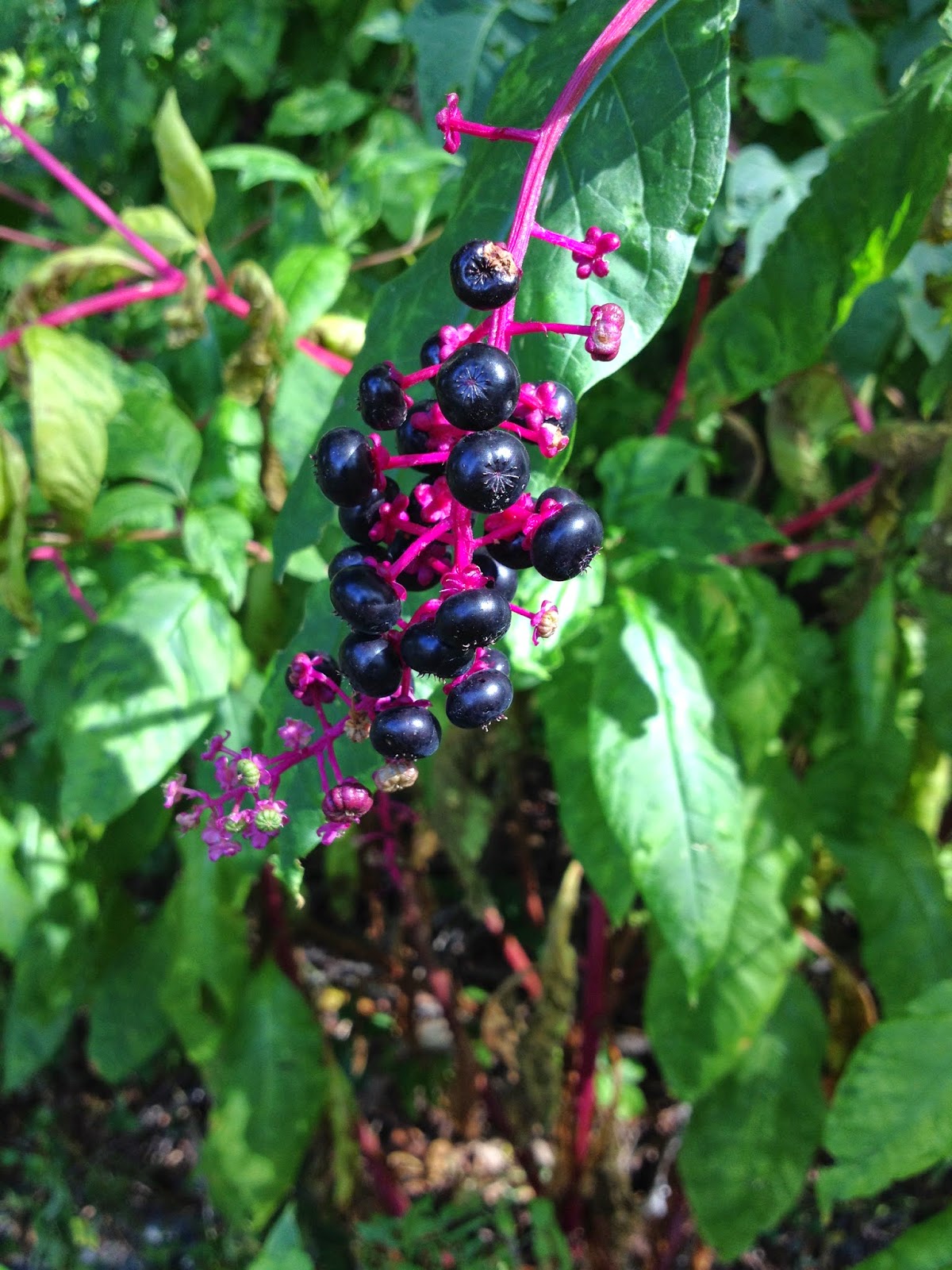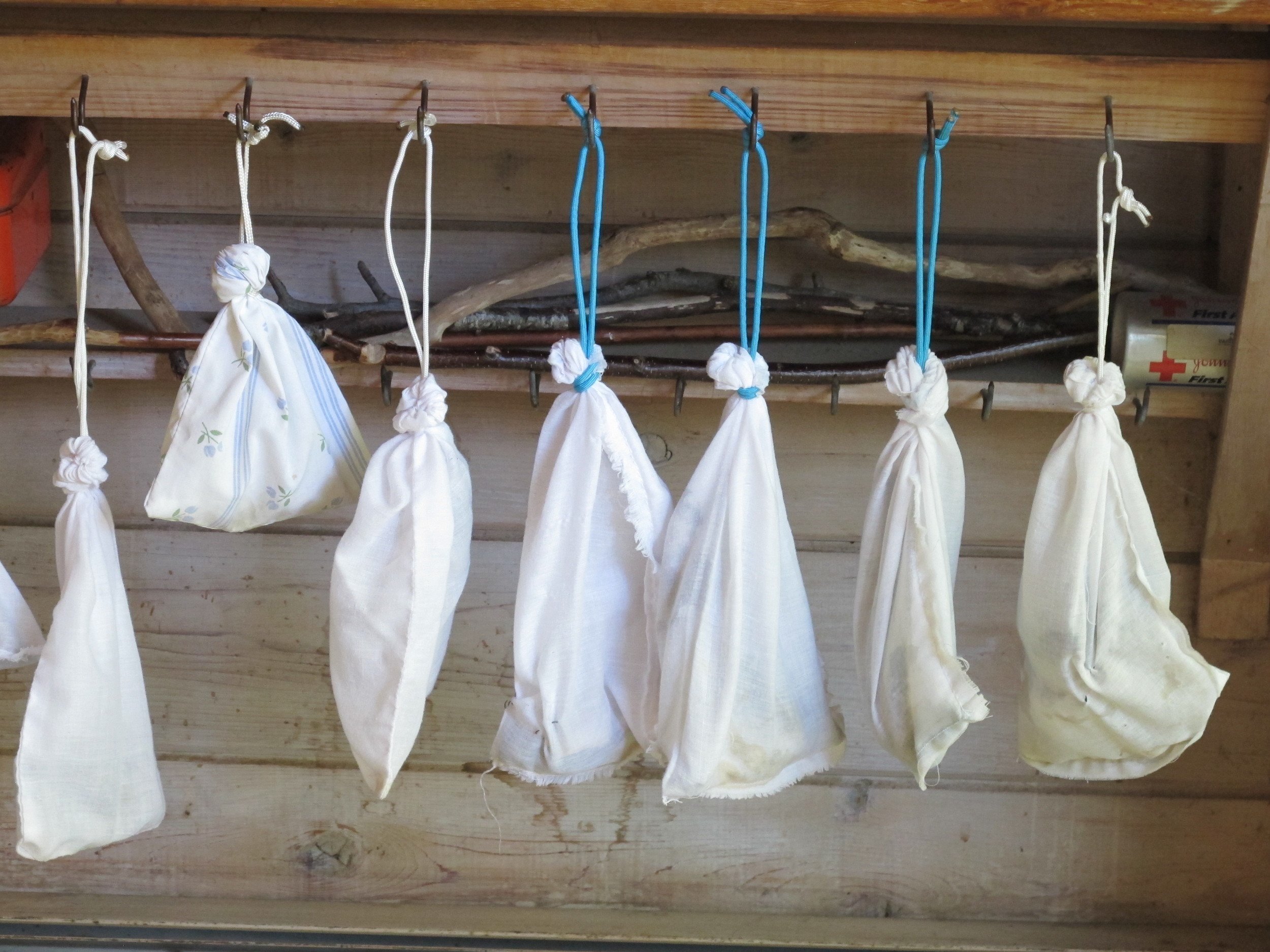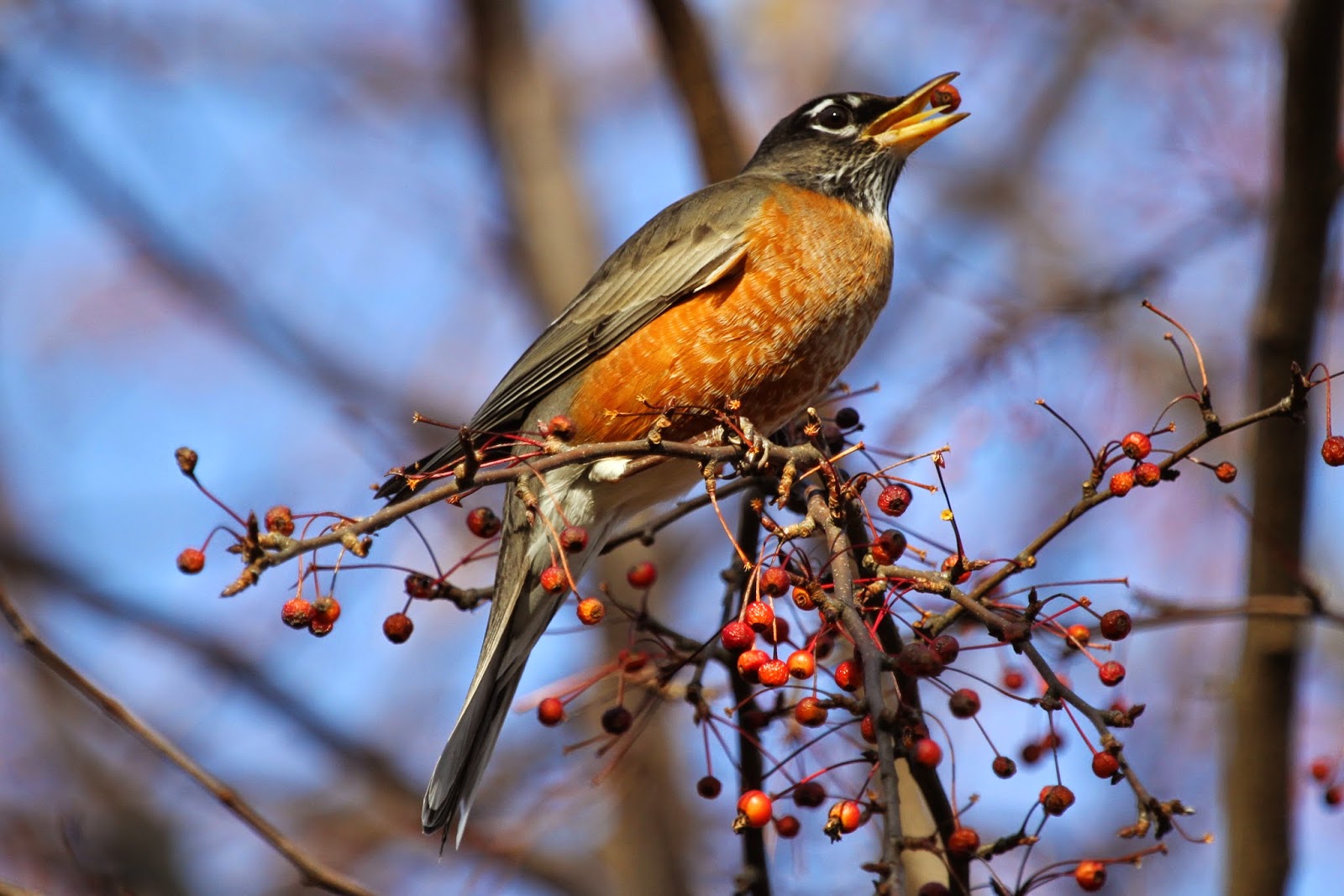Ecology of the autumn season: The autumn season is an ecologically important time that marks the end of the growing and breeding season for temperate plants and animals. Climate change is shifting the timing of autumn events like leaf color change and bird migration, but compared to spring, autumn events are poorly understood and difficult to predict. My research highlights the local to global potential for climate-driven shifts in autumn phenology to exacerbate species invasions, alter ecosystem carbon balance, and disrupt interactions among plants, animals, and people.
In the forests of New England, I examine how, as temperatures warm, native fruits ripen earlier and the birds that eat them migrate later. This difference is increasing the likelihood that birds will encounter low-quality invasive fruits on autumn migration. For field sites at Manomet in Plymouth, MA, my colleagues and I have shown that when nutritious native fruits are present, even in low abundances, birds will seek them out. This research has led to recommendations to plant and conserve native fleshy-fruited plants by The Wildlife Society, Audubon, The Boston Globe, and WBUR.
Many mysteries remain in our basic understanding of the mechanisms driving autumn phenology for plants and animals. I use herbarium specimens, botanical garden collections, bird banding records, field observations, and meta-analysis to understand how species’ local environments, evolutionary histories, traits, and the timing of spring events combine to help us predict shifts in autumn.
Forecasting spring events: Shifts in spring plant events in response to climate change are increasingly well-documented around the world. The timing of spring leaf-out and flowering can influence plant and animal communities, the presence of allergens, and nutrient cycling, from local to broad scales. Forecasts enable us to test and develop our knowledge of how spring events operate by generating predictions for the season and comparing them to real-world observations. Alongside collaborators at the University of Wisconsin-Milwaukee, Cornell University, and the USA National Phenology Network (NPN), I am developing forecasts of the timing of spring plant events across the United States using observations collected by NPN volunteers and the National Ecological Observatory Network (NEON). By improving the accuracy and diversity of spring models and basing predictions on the processes underlying plant responses to climate, we can better understand how plants will respond to future environmental change.
I also use historical records, herbaria, botanical garden collections, and lab experiments to understand how plant species in New England are shifting their spring phenology with climate change. I am particularly interested in how the growing season lengths of native and invasive woody plant species will be affected by future changes in winter and spring climate.
Evolution of plant life cycles and biodiversity: Plants’ responses to current environmental change are rooted in their evolutionary past. Phylogenetic patterns in the timing of plant life cycle events can reflect shared biogeography, adaptive environmental sensitivity, and varied life history strategies. I use specimens from herbaria and botanic garden collections to investigate phylogenetic patterns in the phenology of temperate plants. My research has shown that closely-related species fruit, but do not senesce their leaves, at similar times, reflecting the different evolutionary pressures acting on these life cycle events.
I also investigate how ecology and evolution interact on the basis of functional traits to generate patterns of plant and animal biodiversity. By integrating species’ regional environmental sensitivities (e.g. to temperature), within-guild (e.g. competition) and cross-guild (e.g. herbivory) interactions—along with the evolutionary history of these processes— we can estimate their contributions to where species occur today. I am using this approach with plant and animal inventories from NEON, and have identified strong biotic and abiotic predictors of taxonomic, phylogenetic, and functional diversity across taxa.







